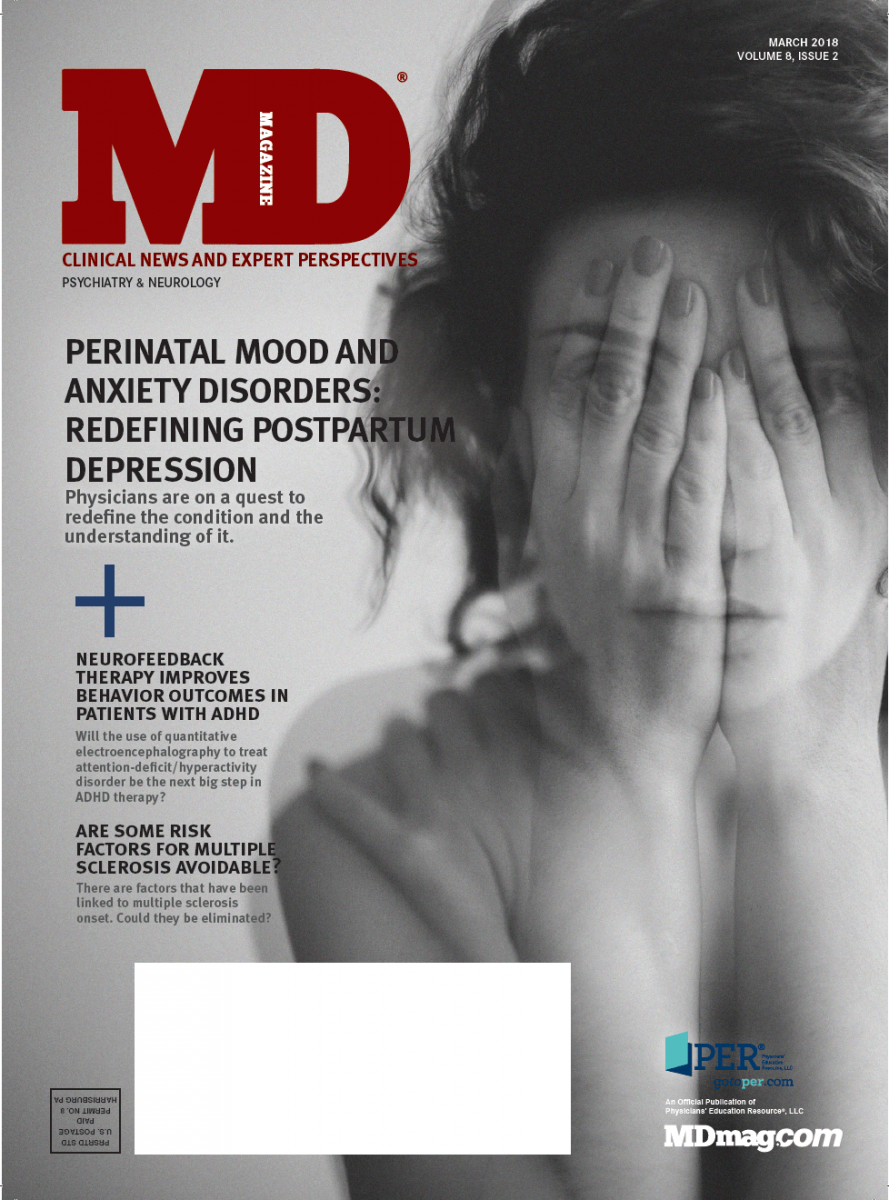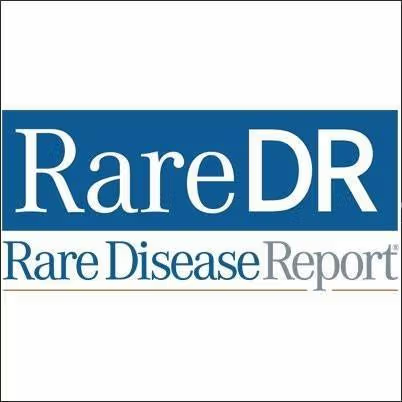Publication
Article
Mass General's CareZone Treats Opioid Use Disorder Where It Lives
Author(s):
Underscoring a commitment to make health care accessible to all populations, the Kraft Center for Community Health at Massachusetts General Hospital recently launched CareZone—a mobile clinic aimed at engaging and treating those struggling with opioid use disorder and related health issues.
Underscoring a commitment to make health care accessible to all populations, the Kraft Center for Community Health at Massachusetts General Hospital recently launched CareZone—a mobile clinic aimed at engaging and treating those struggling with opioid use disorder and related health issues.
Bringing together collaborators from the GE Foundation, Ford Motor Company, Boston Health Care for the Homeless Program (BHCHP), and the Boston Public Health Commission’s harm reduction and needle exchange site, AHOPE, CareZone delivers addiction treatment services to the vulnerable members of the population who need them most but often have the greatest difficulty accessing them.
“I think that we have decades of science now showing us what works from a research perspective, which is really ready and immediate access to treatment that involves some combination of medication treatment, behavioral treatment, and ongoing follow-up and having all of that delivered in a way that’s welcoming and nonjudgmental and patient centered,” Sarah Wakeman, MD, medical director of the Substance Abuse Disorders initiative and program director of the Addiction Medicine Fellowship at Massachusetts General Hospital in Boston, told MD MagazineÒ.
Wakeman added that despite the extensive knowledge of what is needed in addiction medicine, what is often offered in the addiction treatment system does not match that need. “Care is often delivered in a somewhat punitive approach where people are kicked out of treatment if they continue to struggle,” she said.
“They make it very hard for people to access addiction treatment,” Wakeman added. “They have to navigate complex waiting lists and lots of requirements and rules. And if you think about the current crisis where heroin and fentanyl are readily available in every city, there’s this mismatch where we make treatment really hard to get, and yet we make ongoing opioid use and the harm that goes along with that incredibly easy to access. Then we wonder why people continue to die.”
The goal of CareZone is to remedy this flawed system by bringing care directly into the communities that need it most. Massachusetts is currently facing a morbidity rate of 6 people per day because of opioid overdose, according to the Massachusetts Department of Public Health
“The fundamental cause of these deaths is the disease of addiction. Effective, lifesaving treatments are available now, but there is substantial lack of access to treatment, particularly among our most vulnerable populations,” Elsie Taveras, MD, MPH, executive director of the Kraft Center said in January.1 “There is also reluctance of many people to use traditional clinics or hospitals out of fear of stigma. That is the space we hope to fill with the CareZone program.”
In the first 9 months of 2017, there were 932 confirmed opioid-related overdose deaths in the state, according to a DPH data brief.2 The DPH estimated that there would be an additional 491 to 582 opioid-related deaths in the last 3 months of the year.
Despite a slight dip in 2017, opioid-related overdose deaths have steadily increased since 2014, with a total of 2094 deaths in 2016, 1687 in 2015, and 1364 in 2014, according to the DPH.
“Boston, just like many cities and towns across the nation, has been hit very hard by the opioid epidemic, and most recent numbers show that it’s only gotten worse,” Taveras told MD MagazineÒ. “No Boston neighborhood has been entirely spared. We are fortunate [here] to have such great community health centers and hospitals. However, the problem is so vast that we’re all playing catchup to try to get ahead of the epidemic.”
Launched on January 9, CareZone targets Boston’s most vulnerable neighborhoods and consistently engages the public in order to forge relationships, establish trust, and deliver proper care.
“We’re trying to build relationships with a group of people who are really not accessing care in traditional ways, in brick-and-mortar health care programs or addiction programs,” Jessie Gaeta, MD, chief medical officer of BHCHP and medical director for CareZone, told MD MagazineÒ.
Gaeta noted that the patients who most need the treatment often have a sense of mistrust for the system that seeks to treat them, making the relationship-building process both sensitive and tedious—but still necessary.
“The most important thing we are doing right now is showing up, being when and where we said we were going to be on a regular basis every single week, and we’re engaging dozens and dozens of individuals and trying to build relationships,” Gaeta said.
The CareZone van is staffed with a physician and a team of public health outreach workers who go into the neighborhoods they serve to engage those in need of treatment.
“We walk around alleyways all through the neighborhood, and we find a lot of people who are pretty hidden, actually,” Gaeta said.
Patients can access not only treatment for opioid use disorder through CareZone in the form of medication addiction treatment (MAT) but also treatment or referrals for a variety of other health issues, ranging from vaccinations and screenings to treatment for chronic conditions like hypertension and diabetes.
“We can test for things that this population is at higher risk for, like HIV and hepatitis B,” Gaeta said. “We can offer treatments for those diseases or connections or referrals to specialists. [We can do] just about everything you might do in an outpatient [setting].”
For those patients who are not yet prepared to enter into treatment, be it MAT or rehabilitation, CareZone also offers harm reduction services.
“We’re hoping to engage people who are experiencing overdoses, have opioid use disorder, and are otherwise not able or not wanting to access treatment for opioid use disorder right now. We’re hoping to at the very least provide harm reduction services if they don’t want treatment right now, so we are distributing [naloxone HCl spray] and even clean syringes and teaching people safer injection techniques,” Gaeta said.
When patients are ready to enter into treatment, the CareZone team works to “lower every possible barrier,” Gaeta said, to either connect them to treatment or provide it directly in the van.
According to Wakeman, opioid abuse disorder generally comes with a good prognosis—one she considers “the most treatable of any type of drug use disorder.”
The prognosis is good, she says, because as long as patients receive the proper treatment, it is effective, and there are multiple treatment options available.
“For most substance use disorders, effective treatment is usually a combination of medication treatment, behavioral intervention, and ongoing follow-up and support,” Wakeman said. “So while we have effective medication for alcohol use disorder and for tobacco use disorder, our medications for opioid use disorder are far more effective. [Conversely], we don’t have any effective medications for something like cocaine use disorder—at least not yet.”
However, the problem with treating patients with opioid use disorder is that most people who have the disorder never become patients in the first place. They simply don’t receive treatment.
“Some of our most effective treatments are some of our least utilized,” Wakeman said. “There’s this huge gap between what we sort of know works from science and what actually is available for people in clinical practice.”
While CareZone is still in its infancy and is currently operating as a pilot program, officials project the program can engage as many as 450 individuals in care within its first 6 months.
“That doesn’t necessarily mean that all of them are going to want treatment per say,” Gaeta said. “But that is at least 450 people we’re going to engage, have a relationship with, and make sure we’re providing harm reduction services for at a minimum—which I think is really important—including overdose prevention and syringe exchange and HIV testing and hepatitis B testing. All those things.
“I think even if we were able to engage as many as 50 people in treatment in the 6-month period, I would consider that a really big success,” Gaeta added.
REFERENCES:
- The Kraft Center for Community Health at MGH mobilizes care for opioid use disorder to Boston’s most vulnerable [news release]. Boston, MA. Mass General Public Affairs; January 11, 2018. massgeneral.org/News/pressrelease.aspx?id=2200. Accessed January 20, 2018.
- Massachusetts Department of Public Health. Data brief: opioid-related overdose deaths among Massachusetts residents. mass.gov/files/documents/2017/12/04/Opioid-related%20Overdose%20Deaths%20among%20MA%20Residents%20-%20Revised%20December%202017.pdf. Revised December 2017. Accessed January 20, 2018.






